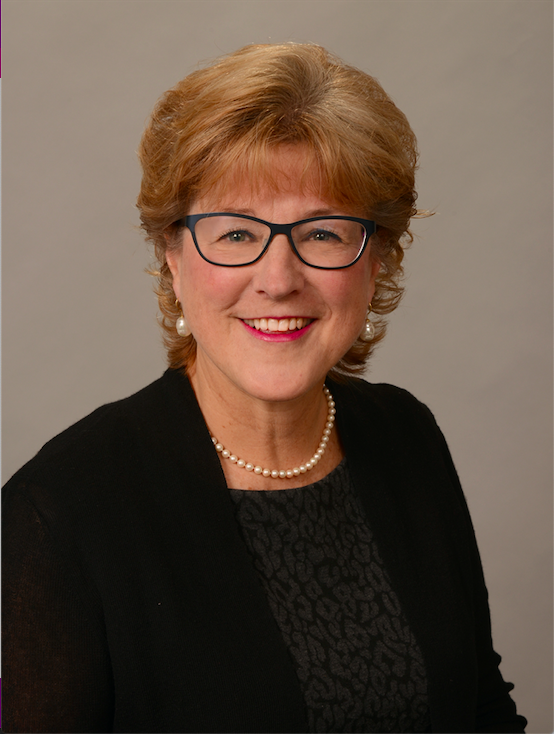Article
Clinicians Report on Negative Impact Government Shutdown Has on Patient Care
Author(s):
In a new survey, clinicians highlight how the ongoing government shutdown, the longest in US history, is taking a toll on patients’ health as they miss appointments or are noncompliant with their medication.
The government shutdown is nearing its fourth week, and clinicians are noting how patients’ care is being affected. A new survey from InCrowd has shown that patients are missing appointments or are noncompliant with their medications as they deal with missed paychecks.
Data from the survey were sourced on January 11 and revealed that 58% of respondents reported their patient population being affected by the shutdown. The survey population included primary care physicians, physician assistants (PAs), and registered nurses (RNs). Three-fourths (74%) of physicians, 55% of PAs, and 51% of RNs said that patients had been affected.
Nearly half of respondents said they had observed stress over limited finances and loss of benefits in their patients and 40% reported a high degree of stress over these issues with patients having trouble affording medicines and avoiding treatment and appointments. Furthermore, 25% reported that patients are unable to access care during the shutdown and 14% said the stress of the shutdown is adversely impacting patients’ health.
“The most frustrating thing is seeing patient that had been previously well controlled in their chronic medical illnesses now become on control because they cannot afford their medications and are using any money they have for basic needs,” one physician in Ohio said on the survey.
NBC News reported on January 13 that one federal employee said she has been forced to ration her insulin because without her paycheck she cannot afford the $300 co-pay.
The adverse effects of stress that respondents have noted include patients with anxiety and other mental health issues (48%) and an overwhelming feeling of helplessness and uncertainty (25%).
However, few health organizations are considering how to handle a continued shutdown. Only 15% said their organization is considering a contingency if the shutdown does not end soon. Among the organizations with a contingency plan, 29% said they are still treating patients even if they cannot afford treatment, 17% said they are establishing payment plans, and another 17% are offering help securing financial assistance.
While coverage through the Medicare and Medicaid programs has continued through the shutdown, it is more difficult for providers to enroll in Medicare. An analysis by Families USA highlighted how the shutdown has particularly hurt Indian Health Services (IHS), which is not guaranteed funding like Medicare and Medicaid. IHS serves 2.2 million American Indians and Alaska Natives (AI/ANs) and is funded by the Department of the Interior (DOI), not HHS.
“The DOI is caught up in the shutdown, meaning that the IHS is the only agency responsible for providing health care to millions that is experiencing a lapse in funding, despite being bound by centuries-old treaties to provide care,” wrote Denisse Sanchez, a policy analyst at Families USA. “Already, people with medical problems are losing access to care: organizations providing critical health care services have shuttered, physicians and nurses are being forced to shift their time to providers who can pay them, and providers are choosing which medical issues do or do not get treated. All of these problems are going to get much worse if the shutdown continues.”
Even before the shutdown, IHS was underfunded and struggled to meet the healthcare needs of its population. The shutdown, Sanchez explained, “amplifies an already aggravated health landscape.” Approximately 9000 IHS employees are continuing to work without pay because their service is considered essential. However, clinics are losing staff to nongovernment jobs that are currently paying.
“AI/ANs have a long history of unfair treatment by the federal government: they should never again have their medical care disrupted by a partisan appropriations fight,” Sanchez wrote. “The government shutdown is imposing terrible risks on a disproportionately high-risk and underserved group of Americans.”





